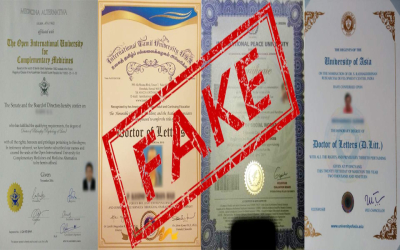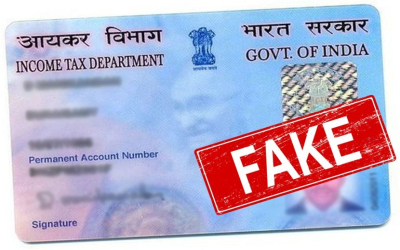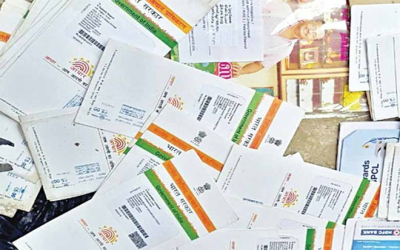
INSURANCE: HOW DATA ANALYTICS AND RIGOROUS CHECKS ARE TRYING TO ELIMINATE BOGUS CLAIMS.
- Posted: 22/01/2020
- By: Admin
On the pages of Gujarat officialdom, Manu Parmar became a footnote in the summer of 2015. The government register that notes births and deaths put Parmar down as a victim of drowning on June 27 at Paroda village, Ahmedabad. A blood examination report from an established pathological lab certified the death as such.
But there was a twist in the tale. Of course, Manu was no longer in this world, but his departure from it actually happened four years ago – in 2011. According to an FIR, the insured was covered for Rs 2.60 lakh in 2015, in case of natural death. Jagdish Parmar, the beneficiary, filed claims in May 2017. While the insurance company started investigating the claim, a letter from the sarpanch of the village exposed the fraud, saying that Manu Parmar had died in 2011.
This is not an isolated case. There are quite a few in which gram panchayats issued death certificates without doing much due diligence. That creates the dark web of elaborate deception, trapping companies that insure lives.
“Ghost applications and applications from terminally ill individuals constitute typical life insurance frauds,” said Yusuf Pachmariwala, senior vice president and head of operations, Tata AIA Life Insurance. “Usually, they are executed by a coordinated team of racketeers and the sum insured involved is low.”
Earlier, frauds were trigger-based and largely relied on intuition. Now that frauds are more organised, insurers can’t depend completely on traditional practices to avoid escaping the trap.
Bajaj Allianz, for instance, recently got a motor insurance claim from Odisha, wherein a cleaner of a truck died as the truck collided with a tree in the early morning hours. The insurer investigated the claim that the truck driver had escaped the scene while the major damage was on the driver side of the truck.
To the company’s surprise, the driver didn’t have any injury due to the accident and instead the cleaner did. After the accident reconstruction, it was clear that the cleaner was driving the vehicle when the truck met with an accident. The cleaner had injuries on forehead, left femur bone fracture, and right hand laceration that matched with the post-mortem report of the cleaner. The cleaner did not have a valid driving licence, and the company concluded that it was a fraudulent claim.
With financial crimes becoming sophisticated and organised, insurers are contesting claims by adopting a combination of data analytics and forensic science to investigate frauds. Insurance companies have started looking for fraud detection tools, predictive analytics models and credit bureau data to track overall financial behaviour.
“If credit scores are good, generally the mortality is low. Those with good credit history are seen as reliable insurance seekers,” said Pachmariwala.
Insurers today sit on a huge data repository that helps them understand customer behaviour and introduce products as per their needs. This database additionally helps in identifying the trends in terms of frauds as well. Many of the private insurers have come together and designed a common investigation portal to help investigate and create a claims probeoutcome repository. Private insurers are also working on creating an insurance data repository, in line with the banking industry, at the policy issuance stage itself.
Another nexus of motor insurance fraud was exposed in Rajasthan, which has been among the top 10 states in vehicle theft, government data showed. Bajaj Allianz General Insurance received multiple intimations for motor theft claims of heavy construction vehicles in Bharatpur district. While going through the preliminary investigations of stolen vehicles, their investigation team observed that, though all these vehicles were purchased by different owners just a year ago.
Furthermore, the location of incident and narration of the given intimation were not matching. These findings raised questions and the team decided to meet the insured. Upon visiting the insured’s location, Bajaj learnt that they were labourers who worked in the stone-breaking industry. The probability of these people affording such heavy construction machinery and vehicles or even securing loan to purchase such vehicles was low. This triggered a doubt of a huge nexus with the involvement of many people.




